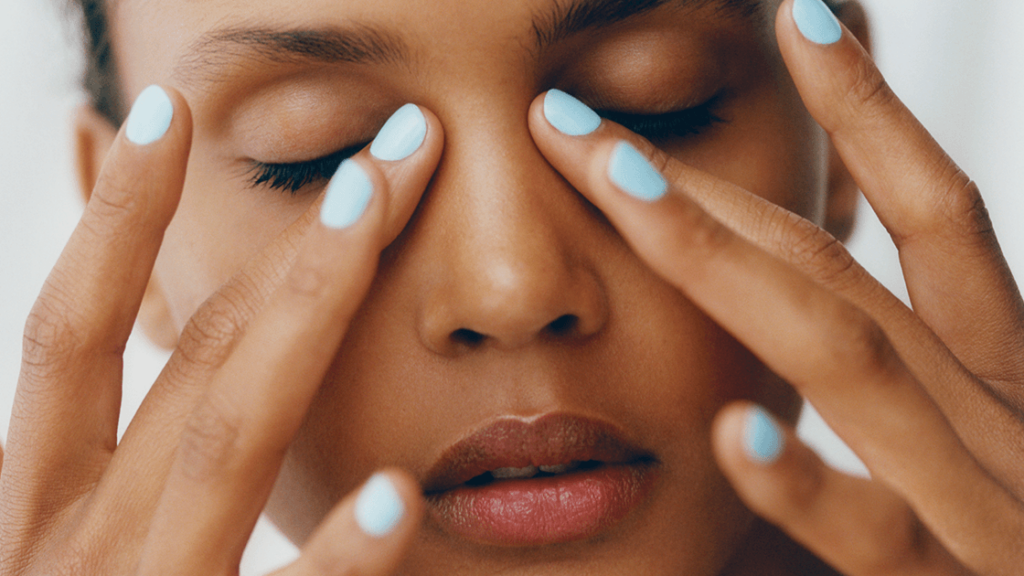Understanding Cleansing for Your Skin Type
Cleansing is a vital part of any skincare routine, and the texture of your cleanser can significantly impact its effectiveness. Dr. Alexis Granite, a dermatologist affiliated with CeraVe, emphasizes that different textures offer varying levels of cleanliness. This means it’s essential to select your cleanser based on your skin type and specific needs. For instance, if your skin is bare, a light cream cleanser might suffice, while a rich balm could be necessary after wearing heavy makeup. This tailoring approach ensures you’re addressing your skin’s unique demands.
A practical cleansing routine typically involves more than just selecting texture; frequency also plays a crucial role. Dr. Granite recommends a twice-daily regimen with a stipulation: your evening cleanse should be more thorough than your morning one. This is because, after a day filled with makeup, dirt, and environmental pollutants, your skin needs extra attention. While some might prefer the same cleanser for both times, the general advice leans towards using a gentle cream or milky cleanser in the morning and a deeper gel or foaming cleanser in the evening for maximum efficacy.
The Double Cleanse Debate
The concept of double cleansing has become a hot topic among skincare enthusiasts. While opinions vary, there seems to be a collective agreement on its benefits, although it may not be necessary every single day. Dr. Granite suggests that using a makeup remover or micellar water can adequately prep the skin before your standard cleanser, especially if you’re dealing with heavy makeup or sunscreen. This method not only clarifies the skin but also minimizes the chances of clogged pores and breakouts, as echoed by Dr. Anjali Mahto, another expert in the field.
The double cleansing technique can be simplified: start with a micellar water to tackle the first layer, followed by your regular cleanser. This two-step approach can effectively remove impurities that single cleaning may not fully address, all while protecting your skin from dullness and maintaining its health. Thus, knowing when and how to double cleanse can empower you to make informed decisions about your skincare routine.
Choosing the Right Ingredients
Just as the choice of texture is significant, the ingredients in your cleanser can vastly influence how your skin reacts. If you’re aiming to enhance hydration, look for products containing humectants like glycerin or hyaluronic acid. For those struggling with a compromised skin barrier, opting for a ceramide-based cleanser can provide essential support. On the other hand, individuals with oily or blemish-prone skin may find help in ingredients like salicylic acid, glycolic acid, and niacinamide. Each of these components plays a unique role in maintaining skin health and addressing specific concerns.
Shopping for cleansers today offers a plethora of options loaded with beneficial ingredients. For example, the Beauty Pie Happy Face No-Stress Jelly Cleanser and the Naturium Fermented Camellia Creamy Cleansing Oil cater to different needs while remaining effective. The emphasis here is on recognizing your skin’s requirements and choosing products that align with your desired outcomes.
Cleansing Techniques Matter
The method you use for cleansing is as important as the product itself. While cleansing cloths may seem convenient, overuse can harm the skin, leading to potential breakouts. Dr. Ahmed El Muntasar, a GP and aesthetician, warns that many people misuse these cloths, applying too much pressure and compromising the skin’s barrier. Instead, he advocates for using clean fingers to gently cleanse your skin, an approach that minimizes the risk of irritation.
If you prefer to incorporate cloths, be mindful of cleanliness and frequency. They should be washed often to avoid harboring bacteria that can counteract your skincare efforts. At the end of the day, gentleness should be prioritized for optimal skin health.
The Case Against Wipes
When it comes to removing makeup on-the-go, micellar water is a wise choice, especially before a rinse-off cleanser. Dr. Granite suggests its use after workouts or during travel. However, she strongly advises against makeup wipes. Beyond their environmental implications, these wipes often smear dirt rather than remove it effectively, which can lead to further skin issues. Their quick-fix appeal is not worth the potential drawbacks in terms of skin health and environmental harm.
As you reconsider your skincare regimen, replacing makeup wipes with more effective solutions can promote a clearer complexion while contributing to a more sustainable approach to beauty.
Conclusion: Tailoring Your Routine
Ultimately, cleansing is about more than just washing your face. It’s a multi-faceted process that deserves careful consideration of the products and techniques involved. By selecting the right textures, adopting appropriate frequencies, considering ingredients, and using gentle methods, you can create a thoughtful cleansing routine that caters to your skin’s individual needs. This comprehensive approach not only supports your overall skin health but also paves the way for enhanced results in your broader skincare routine. Each step—from choosing the right cleanser to perfecting your technique—supports your quest for healthy, radiant skin.

